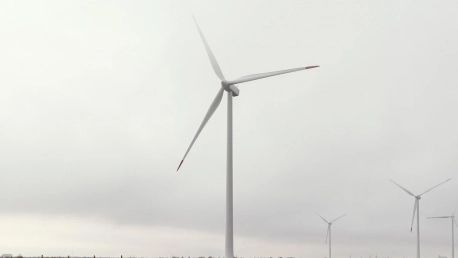The United States wind energy industry experienced an unexpected decline in electricity generation in 2023, despite the addition of considerable new capacity. This downturn marked the first significant reduction in wind power output since the mid-1990s. The U.S. Energy Information Agency reported a 2.1% decrease from the previous year’s generation, dipping from 434,297 gigawatt-hours to 425,235 GWh. Given the consistent growth in both capacity and output over the past several decades, with total installed capacity tripling since 2010, this drop has prompted scrutiny and concern among industry experts and stakeholders.
Factors Contributing to the Decline
Several principal factors contributed to the downturn in wind energy production in 2023. A noteworthy element was the lower-than-average wind speeds, particularly pronounced during the first half of the year. This led to a significant 14% decrease in wind generation compared to the same period in 2022. Although wind speeds did recover somewhat later in the year, with a 2.4% increase in generation from August to December, the earlier deficit was too substantial to overcome, resulting in an overall decline.Moreover, the average capacity factor for turbines across the nation fell to an eight-year low of 33.5%. The capacity factor represents the actual output over a period of time compared to the potential output if a turbine operated at full capacity continuously. The reduced capacity factor further symbolizes the lessened efficiency and productivity of the wind energy fleet.
Regional Variance and Industry Response
In a surprising turn, the U.S. wind energy sector saw a decrease in power production for the first time since the 1990s, despite substantial growth in installed capacity. The U.S. Energy Information Agency highlighted that wind power generation diminished by 2.1%, falling from 434,297 gigawatt-hours to 425,235 GWh compared to the previous year. This setback is particularly notable given the industry’s upward trend in recent decades, notably with capacity having tripled since 2010. The unexpected decline has raised concerns among industry professionals and investors, as it deviates from a long-standing pattern of consistent expansion in the clean energy sector. This downturn serves as a focal point for analysis to understand the underlying causes and to ensure the resilience and progression of wind energy in the United States.









